Automatic Deadlatch
|
| The main bolt or latch is automatically locked when the door is closed. |
|
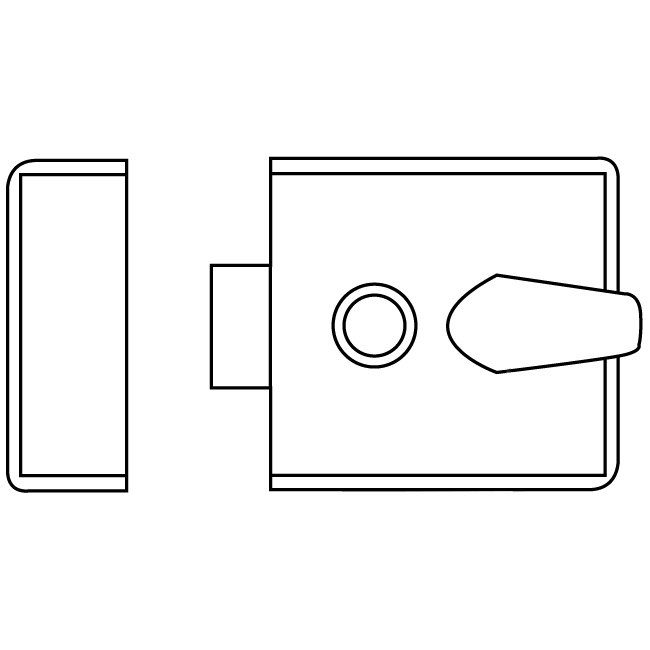 |
Backset
|
| The horizontal distance from the forend face to the key hole and / or follower. |
|
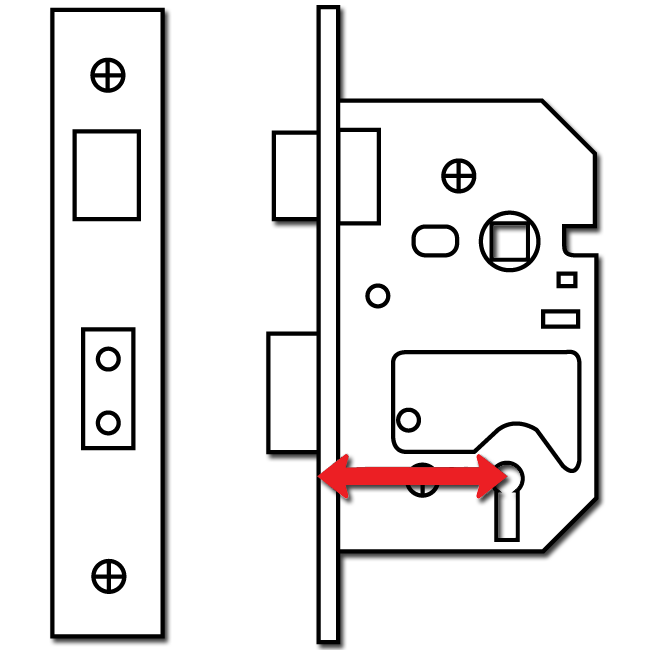 |
Bathroom Lock
|
| A lock with furniture operated latch bolt and a deadbolt which is only operated from inside (usually with a thumb turn). |
|
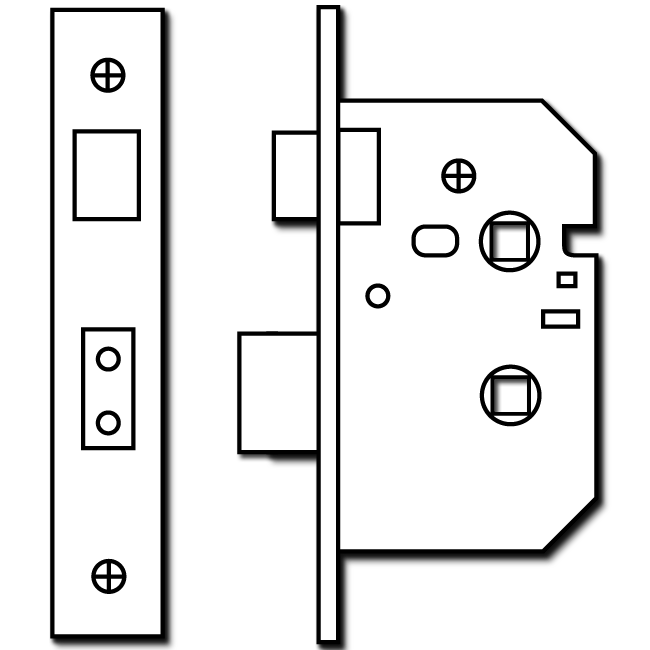 |
Bolt
|
| The part of the lock which extends into the frame to secure the door or window. |
|
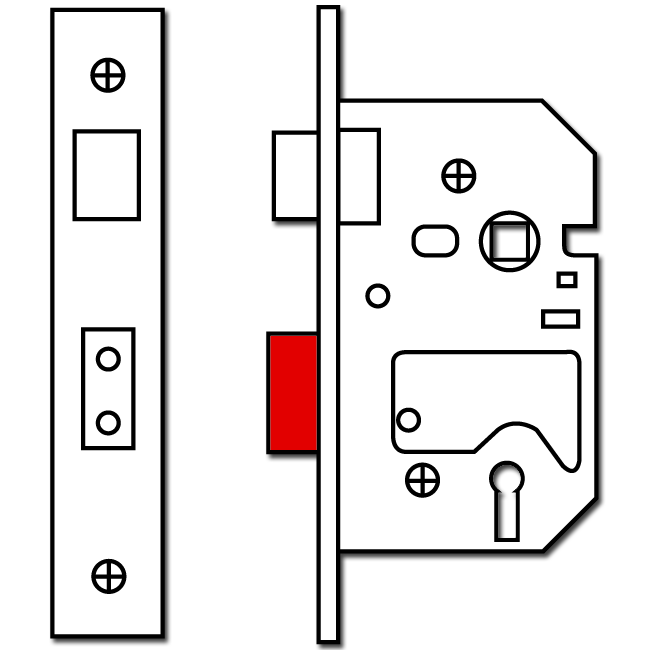 |
Box Strike Plate
|
| A strike plate with a box shape around the bolt hole. |
|
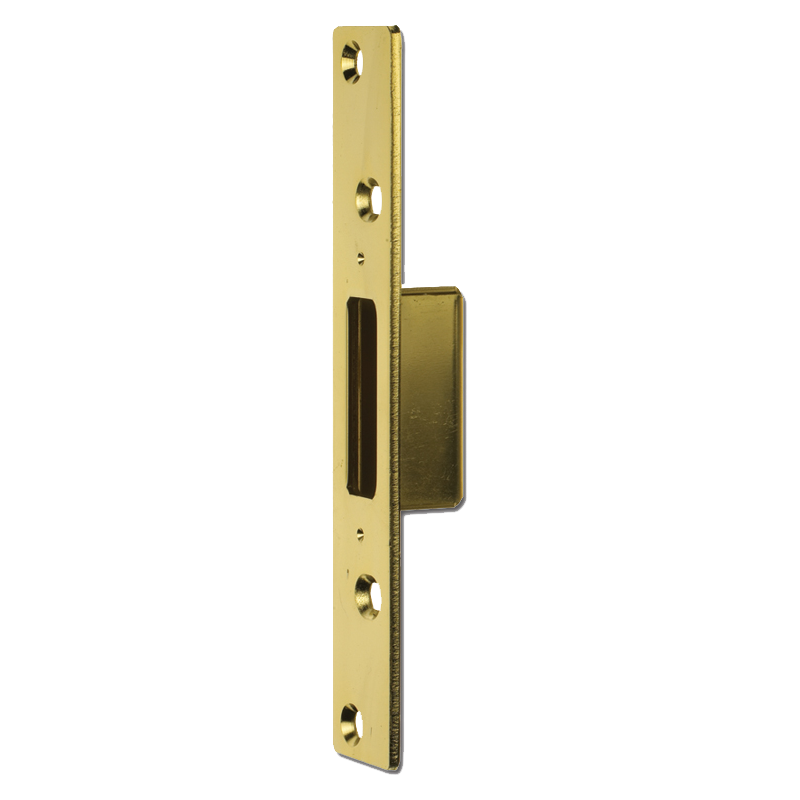 |
Centres
|
| The vertical measurement between the centre of the key hole and the centre of the follower hole on a sash lock. |
|
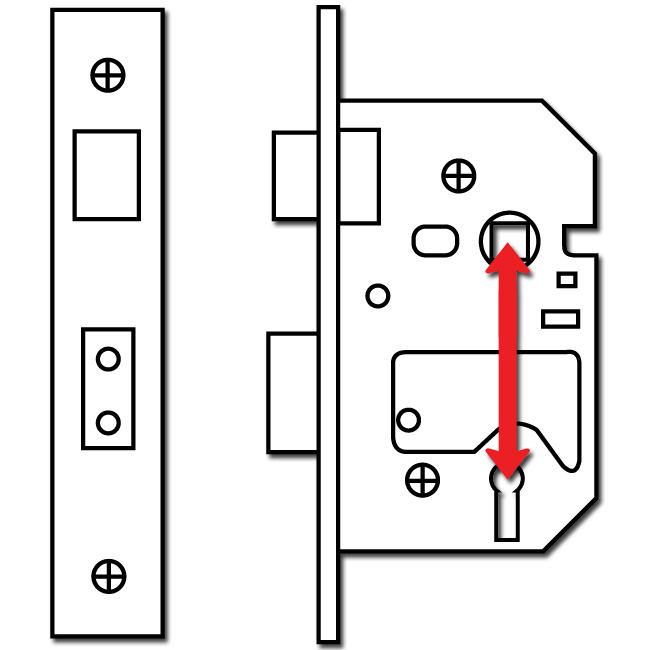 |
Claw Bolt
|
| Pivoted claws on a deadlock which swing out sideways when the bolt is extended; these are usually used on sliding doors. |
|
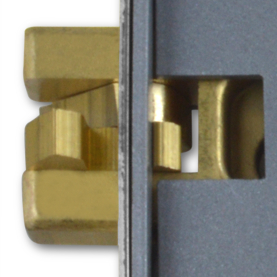 |
Deadlatch
|
| A nightlatch or latch, the latch of which can be locked. |
|
 |
Double Locking
|
| Deadlocking facility is usually achieved by an opposite turn of the key in the outside cylinder. It gives protection against slipping and internal handle manipulation. |
|
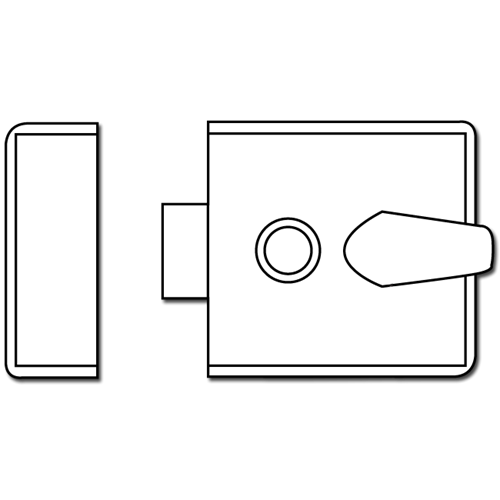 |
Escutcheon
|
| A plate or rose which fits around a cylinder or key hole. |
|
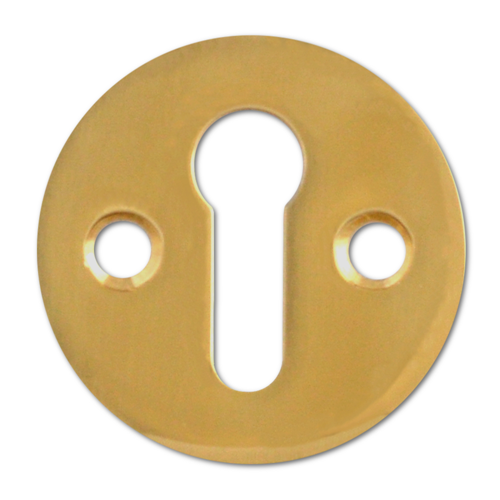 |
Follower
|
| The square hole in a lock which accepts a spindle to which furniture is attached. |
|
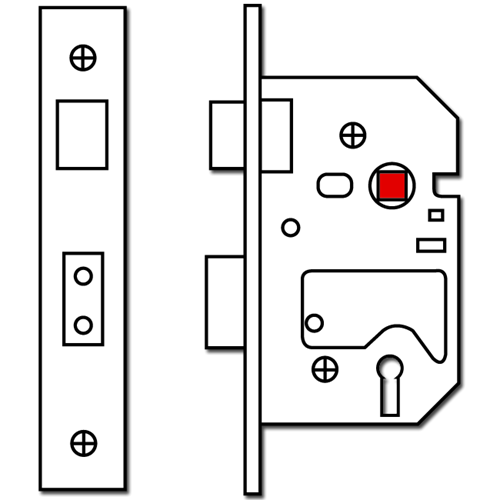 |
Forend
|
| The front face of a lock. |
|
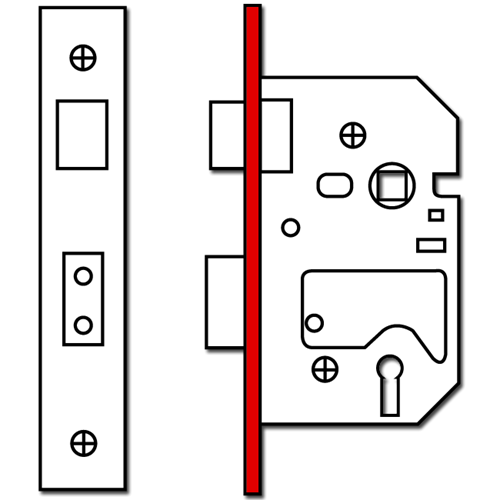 |
Hook Bolt
|
| Pivoted hook shaped bolt on a deadlock which swings down when operated; these are usually used on sliding doors. |
|
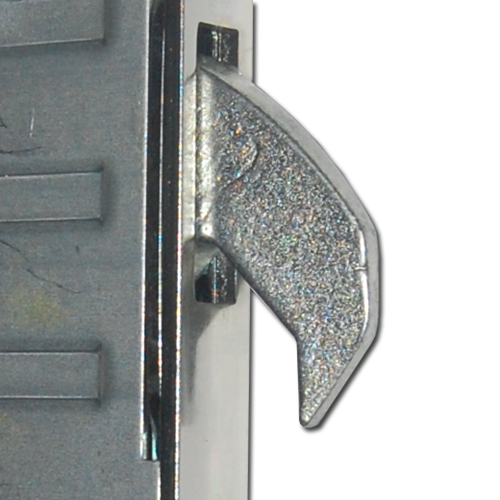 |
Keep
|
| Another name for Strike Plate. |
|
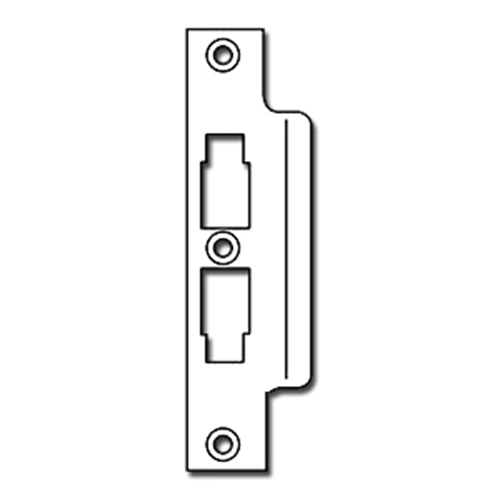 |
Keyed Alike
|
| Each lock is operated by the same key, an example of this could be that your front & back doors are operated by the same key for convenience. |
|
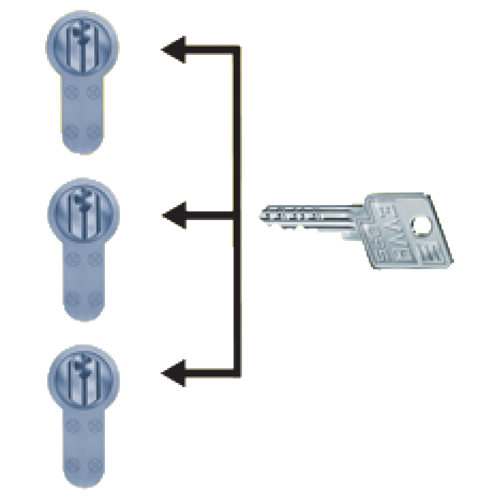 |
Keyed To Differ
|
| Each lock is operated by its own key, this key should not operate any other locks (bearing in mind that there is a finite number of keying combinations (differs) available) |
|
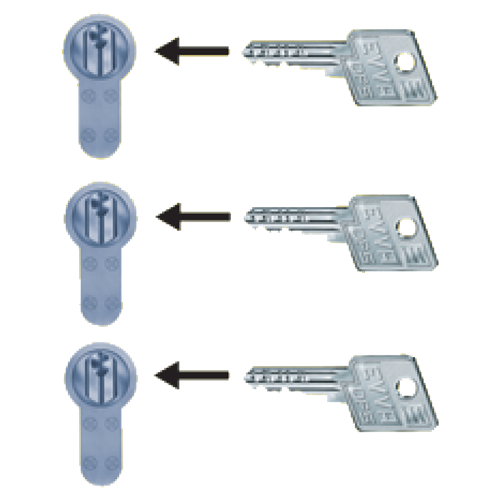 |
Keyed To Pass
|
| Another name for Keyed Alike |
|
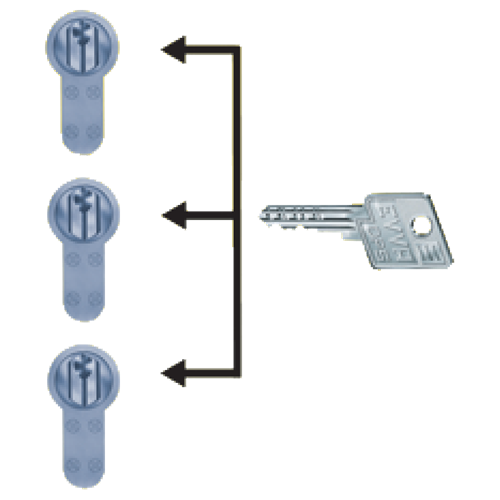 |
Keyhole
|
| The hole in a lock or cylinder where the key is inserted. |
|
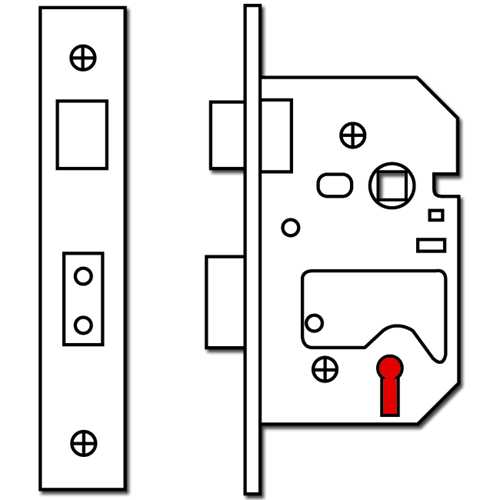 |
Keyway
|
| The hole in a lock or cylinder where the key is inserted. |
|
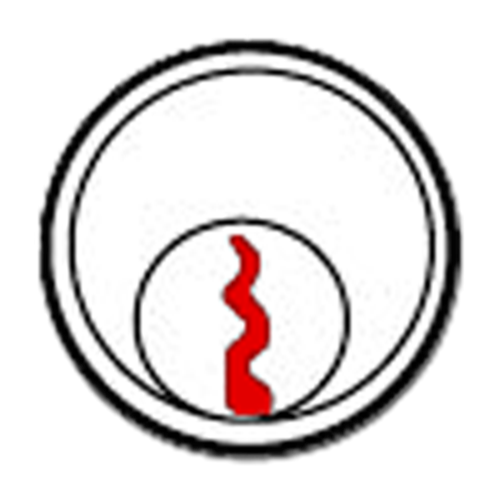 |
Latch
|
| The bull nosed spring bolt which is usually operated by furniture and used to hold the door closed but not lock it closed. |
|
 |
Lip
|
| The flat surface on a striking plate where the latch or bolt first hits. |
|
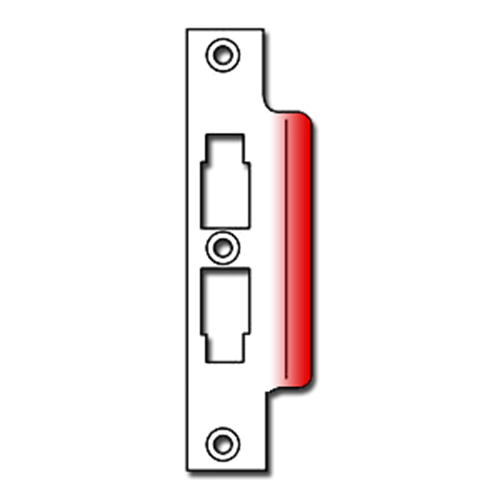 |
Master Key
|
| A key that will open every lock in a Master Keyed System. |
|
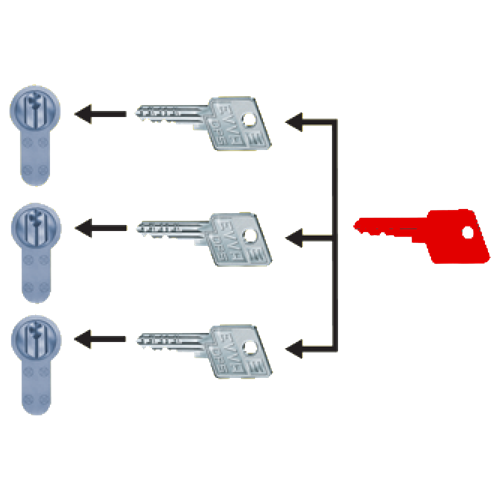 |
Master Keyed
|
| Each lock is operated by its own key, this key should not operate any other locks however there is also a Master Key which will open any of the locks in the system. An example of this would be a block of flats where every tenant has their own key but the landlord has a single master key which will open any of the flats. |
|
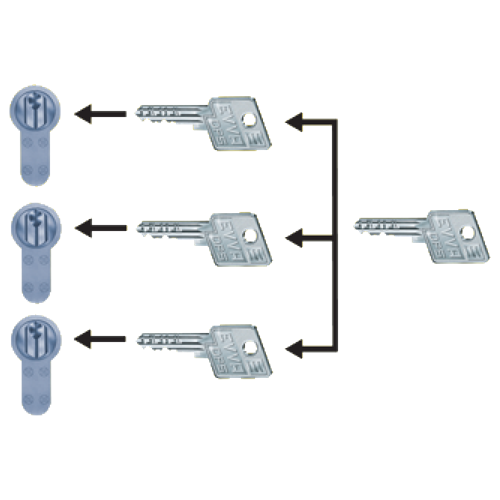 |
Mortice
|
| A deep recess cut into wood for purposes such as for receiving a mortice lock. |
|
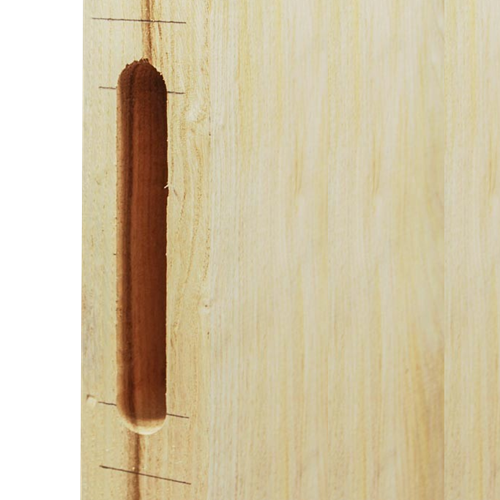 |
Nightlatch
|
| A rim or mortice latch which shoots when the door is closed, there is often an internal button which allows the bolt to be held in either the extended or withdrawn position. |
|
 |
Rebate
|
| A recess, groove or step of rectangular section, cut along the edge of a piece of timber to receive a mating piece. |
|
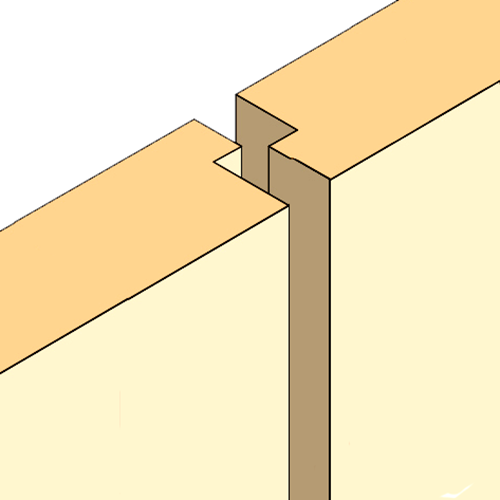 |
Rebate Set
|
| A rebated component set is used to convert a mortice lock with a flat forend, into a full rebated lock. |
|
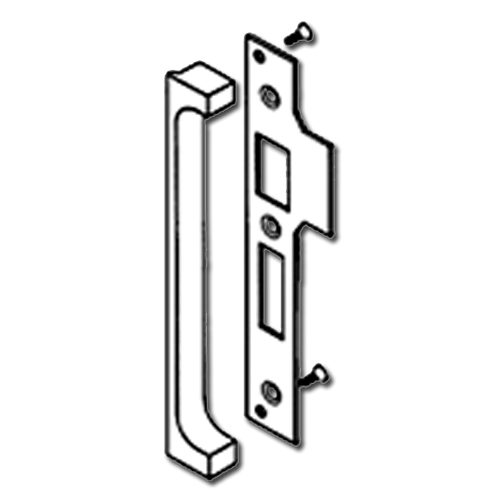 |
Rim Lock
|
| A lock which is fitted to the inside face of a door. |
|
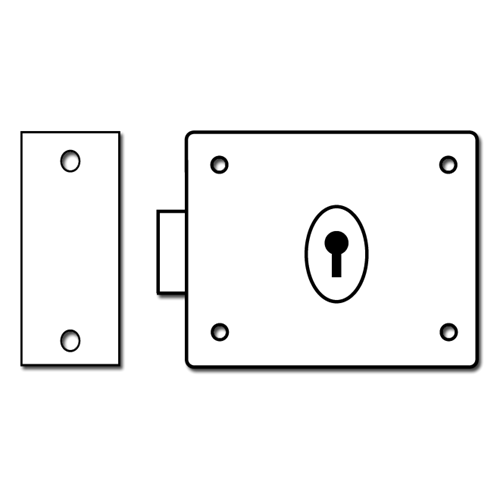 |
Rose
|
| A ring which usually fits around the face a rim or screw-in cylinder giving a tidier aesthetic appearance. |
|
 |
Shackle
|
| The hinged bar of metal on a padlock. |
|
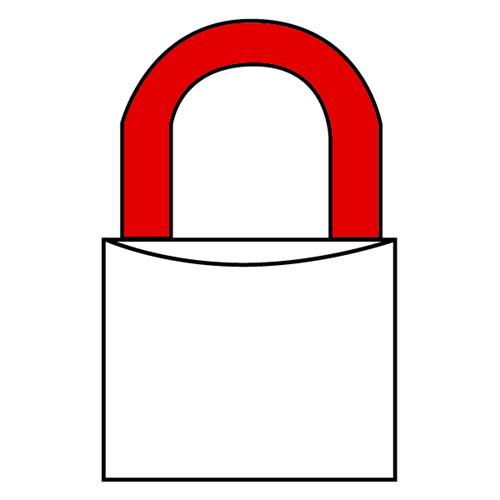 |
Shoot
|
| The distance a bolt or latch moves when it is operated. |
|
 |
Snib
|
| The button on the case of a rim nightlatch or other lock which holds the bolt in either the extended or withdrawn position. |
|
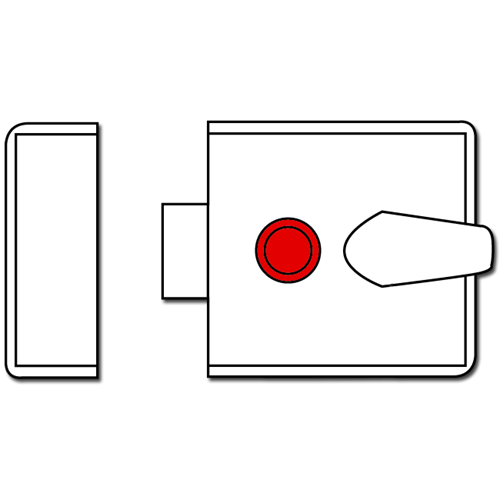 |
Throw
|
| The distance a bolt or latch moves when it is operated |
|
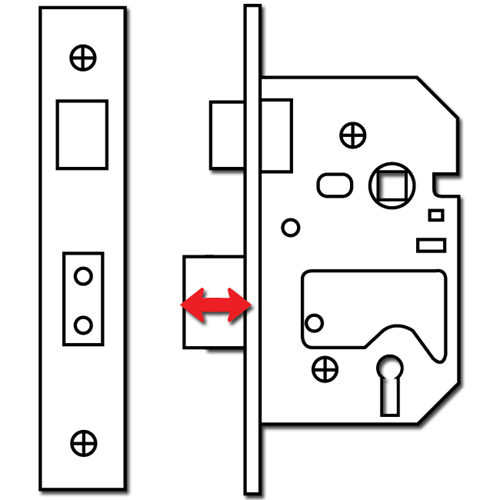 |

































































